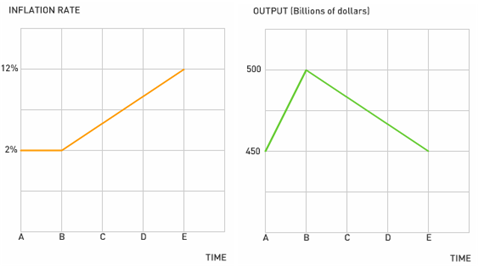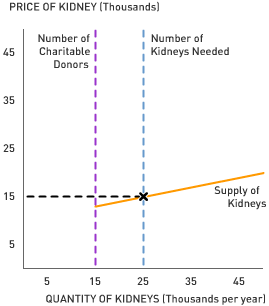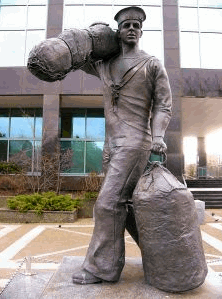Will Microcredit Reduce Poverty?
by Brandon Fuller Most people in developed countries can easily use their assets to secure credit. With a stable source of income or a bit of collateral, like a house or a car, an American can take out a loan to start a business, remodel the bathroom, or buy an engagement ring.
Most people in developed countries can easily use their assets to secure credit. With a stable source of income or a bit of collateral, like a house or a car, an American can take out a loan to start a business, remodel the bathroom, or buy an engagement ring.Access to credit in relatively poor developing countries is far scarcer.
Poor peoples' incomes are inherently less stable and often too low to qualify for lending. The ill-defined property rights in many developing nations make it difficult for poor residents to prove that they own the housing or land that they occupy. Lacking both income and legitimate titles to what little collateral they actually have, the credit prospects for most of the world's poor seem bleak.
Enter microcreditors. As Tyler Cowen describes in his latest Economics Scene column for The New York Times, microcreditors are non-profit, for-profit, or government organizations that lend small sums to people in poor communities. The microloan recipients open businesses, improve their homes, or pay medical bills--using the loans to invest or consume as they see fit. Read Cowen's commentary to find out more about the benefits and controversies surrounding microcredit in India.
1. According to Cowen, microlenders like Spandana offer poor Indians better rates than traditional money lenders. How do the lending practices of microcredit organizations differ from the practices of traditional money lenders? How does Spandana use community pressure to maintain high repayment rates among its loan recipients? What other incentives encourage borrowers to repay the microloans?
2. Why do some state officials in India oppose the practices of microcreditors like Spandana? According to Cowen, what would legal caps on interest rates do to the solvency of microcreditors? How might legal caps on interest rates change the borrowing habits of India's poor?
3. Cowen visited Hyderabad--a metropolis of over 6 million residents. He suggests that microlending works fairly well for poor people in this urban setting. How might the feasibility of microcredit change in a rural setting? Rural residents in developing countries earn income from farming--a relatively risky vocation because of price volatility and unpredictable weather. Would repayment rates among rural residents likely be higher or lower than those among urban residents? How would traveling to rural settings affect the way microcreditors monitor repayment?
Labels: Economic Development, Incentives, India, Lending, Microcredit, Poverty











